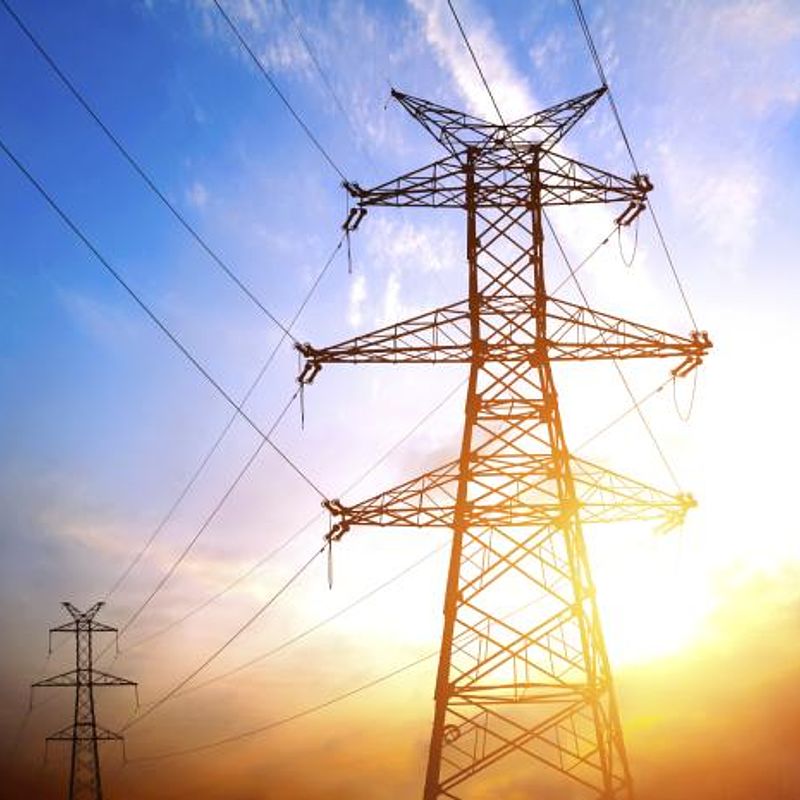
New instruments for new power grids
Challenge
Traditional power grids transmit electricity from a central power plant over transmission lines to substations, from which power is distributed to consumers. This one-way flow lacks real-time monitoring and is not optimised with over 6% of the energy generated lost during transmission. These grids also struggle to integrate the energy from renewables, such as wind or solar power, which are more distributed and can cause harmonics or surges of power leading to outages and failures. One way to address these problems is using smart grids, with digital control technologies, that can monitor the networks in real time, make automatic changes that reduce energy waste and allow them to operate at higher capacities. However, existing measurement instruments were not designed for these tasks, and new, accurate and SI traceable devices are required to control the additional demands of a more distributed network where power sometimes flows in different directions.
Solution
The EMRP project Non-conventional voltage and current sensor for future power grids examined emerging measurement technologies capable of monitoring the state of electrical networks; from the high voltage transmission grid to the medium and low voltages of the distribution grid. One output from the project was the development of novel optical current and voltage sensors for distributed measurements on the power grid.
Conventional optical sensors are based on polarimetry, which measures polarised light, and is not suitable for long ‘step-out’ distance measurements. The novel sensors do not use this principle and instead can utilise the existing optical telecommunication fibres that are typically integrated with the power system. Furthermore, the sensors are passive, not requiring a separate power supply at the measurement points.
Impact
Synaptec, a company that makes high-performance instrumentation for network monitoring, took up further development on the current and voltage sensors. As part of a consortium, formed through a Innovate UK Energy Catalyst project, three current and three voltage sensors were installed at the Power Network Demonstration Centre (PNDC) in Scotland and validated for use in the medium voltage network (11 kV) of the electrical distribution grid. The live-testing of the current sensors will soon be demonstrated in pilot projects with the European grid operators Statnett in Norway and SSE in the UK.
Synaptec’s secondary-connected current sensor is now part of a large Ofgem funded project with partners including GE Grid Solutions and the grid operator SP Energy Networks, that aims to develop an efficient and effective digital substation of the future.
This sensor technology has since been developed to the point where up to 50 current and/or voltage sensors can be daisy chained along a network allowing monitoring of an unprecedented 100 km of the power grid. This advance in technology will facilitate the novel system protection, control and diagnostics features required for the smart grids of the future.
- Category
- EMRP,
- Energy,
